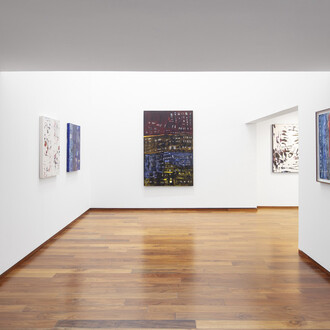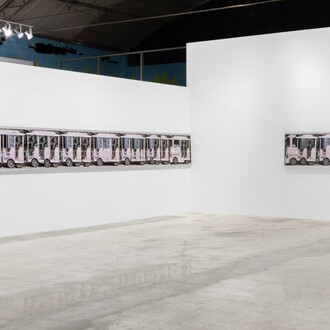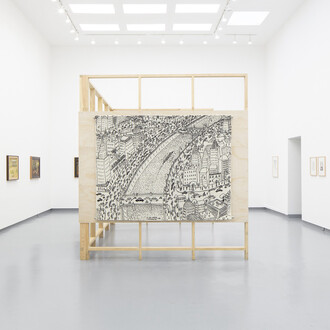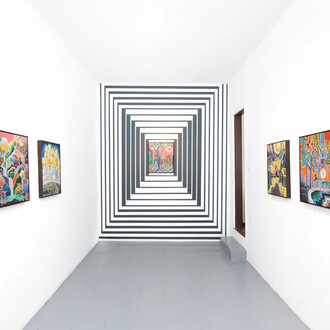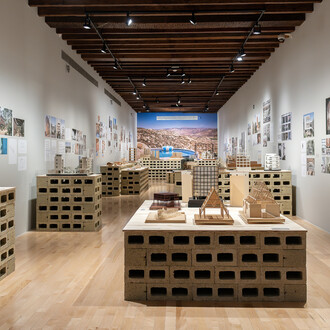Since the 1980s, Smith has addressed a number of interrelated themes encompassing the effects and the detritus of industrialization, the economy and the aesthetics of abstraction, urbanization, colonialism and, more recently, nature and entropy, through a blurring and blending of the logics of the worlds of the image, cinema, and performance.
The exhibition Melanie Smith. Farce and Artifice was developed by the Museu d’Art Contemporani de Barcelona (MACBA) and takes in all the media used by the artist, from her first sculptures, assemblages, relief works and paintings up to her works in video, photography and installation. The version shown at the MUAC and Museo Amparo focuses on the driving forces behind her more recent works, which have seen her experimenting with her own gaze as an artist or producer of images in terms of time-space.
In her most recent creations, Smith works with distance rooted in a physical perspective, taking journeys to the Amazon jungle or the Atacama desert in Fordlandia and María Elena, as well as the anti-voyage of Skype. She also addresses this theme from a formal, technological perspective using security cameras or other mechanisms to distance her from the position of authorial control.
The works shown in this exhibition appear in two cities simultaneously: Puebla and Mexico City. The project is not conceived as two parallel shows, but one single one. To achieve this sense of simultaneity, a system of crossed gazes and references between the works is employed, with peepholes that enable viewers to see live what is happening in the other venue. In this way, a dialogue is established between the two museums and between different moments in the artistic career of Melanie Smith.
At the heart of this dialogue is the production of a new work that continues her investigation into the deconstruction of the pictorial plane using the resources of performance, sculpture and the moving image. From the Museo Amparo in Puebla, Smith will record and direct the production of an ambitious tableau vivant installed in the MUAC, based on The Circle of the Lustful (1884-1887), a watercolor from the series of illustrations produced by William Blake for The Divine Comedy. For this live action—planned for the exhibition opening—the artist will add a new layer of interpretation to the scene, an exercise initiated by Blake himself.









